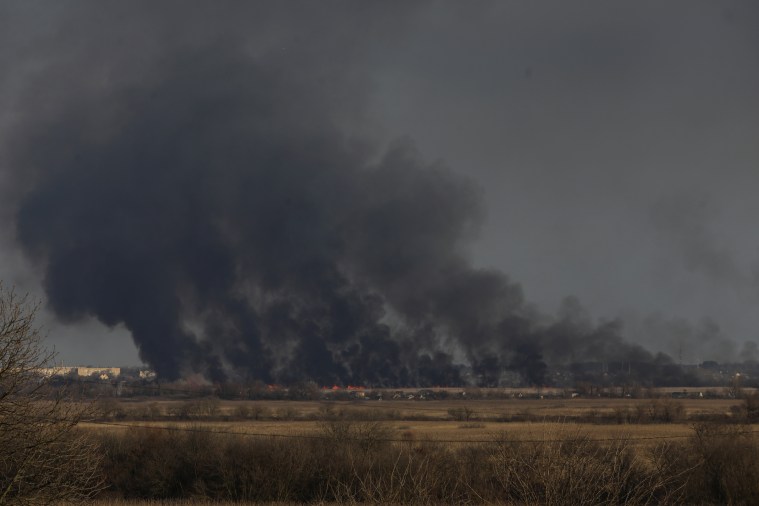Paris, March 23, 2023—Ukrainian authorities should ensure that regulations on wartime reporting do not stifle journalists’ ability to do their jobs, and should work with local press groups to revise recent rules enacted by military authorities, the Committee to Protect Journalists said Thursday.
On March 19, the Ukrainian army’s Operational Command East, one of four regional commands, published new rules for journalists covering military actions in its jurisdiction. The following day, the Operational Command South issued similar regulations.
The rules bar journalists from working in so-called “red zones” deemed most dangerous, and require a military press officer’s escort to work in less dangerous yellow zones. Journalists can work freely in green zones.
Oksana Romanyuk, head of the Institute of Mass Information local press freedom group, told CPJ by phone that the regulations essentially ban reporters from covering the frontline in Russia’s invasion of Ukraine, saying, “everybody is shocked because all the frontline is closed.”
“Ukrainian authorities must ensure that members of the press can keep doing the crucial work of covering Russia’s invasion of the country, and refrain from adopting rules that stifle war reporting,” said Carlos Martinez de la Serna, CPJ’s program director, in New York. “Military authorities should consult with local journalists and press groups to craft regulations that keep reporters safe while allowing them to work freely.”
The new rules stem from recently adopted amendments to a March 2022 decree by Valerii Zaluzhnyi, commander-in-chief of the Ukrainian Armed Forces, regulating the work of journalists under martial law, according to statements by the IMI and National Union of Journalists of Ukraine.
Romanyuk told CPJ that she believed the north and west operational commands developed similar rules but had not published them in light of the criticism received by the other branches’ policies.
After the publication of this article, Ukraine’s Ministry of Defense emailed a statement to CPJ saying that the new rules “were made in order to improve interaction with representatives of the mass media while working in combat areas.”
Operational commands would review the zone designations “each week or, if needed, more frequently,” that statement said.
CPJ emailed the east and west commands for comment but did not receive any replies. CPJ contacted the north and south commands via messaging app but also did not receive any responses.
Natalia Gumenyuk, the spokesperson for the southern command, told the Ukrainian Ministry of Defense news agency ArmyInform that journalists would still be able to access red zones to report on events “requiring immediate coverage” at the discretion of a military commander.
Romanyuk told CPJ that IMI and other groups had been in talks “for several months” with authorities about wartime reporting policies. She said the groups had recommended a zone-based approach, but with red zones used in only “very exceptional cases” and yellow zones corresponding to the frontline.
“We did not expect that they would turn everything into a red zone,” she said, adding that “more than several dozens” of municipalities were marked in red zones.
In a recent version of the zone list reviewed by CPJ, red zones included the eastern cities of Novomlyns’k and Bakhmut, as well as the southern city of Snihurivka.
Katerina Sergatskova, chief editor of Ukrainian independent news outlet Zaborona, told CPJ via messaging app that she viewed the rules as an attempt “to put more control on journalists.”
Romanyuk and Sergatskova also told CPJ, and the IMI said in a statement, that military escorts required to accompany journalists in yellow zones were in short supply. Romanyuk added that some journalists lived and worked in those zones fulltime.
“Should they invite a press officer who would seat all day in their office?” Romanyuk said.
“I asked some press officers, who are good, and they don’t understand how it can work,” Sergatskova added.
On March 21, the NUJU issued a statement saying it was consulting with military authorities “to review and cancel excessive restrictions on the work of journalists in the frontline and de-occupied territories.”
[Editors’ note: This article has been updated to include a response from Ukraine’s Ministry of Defense.]
